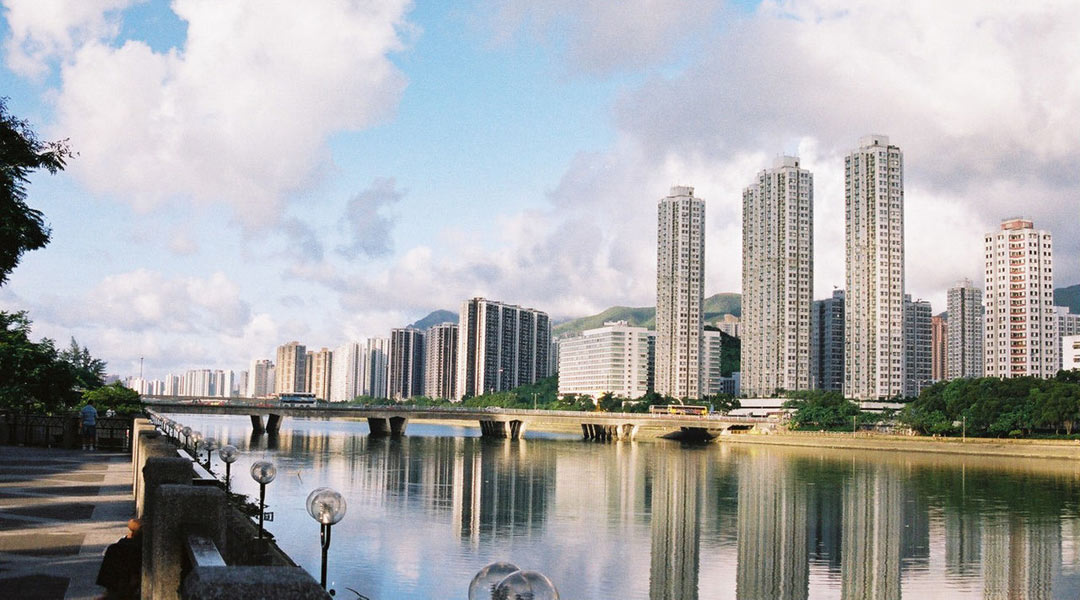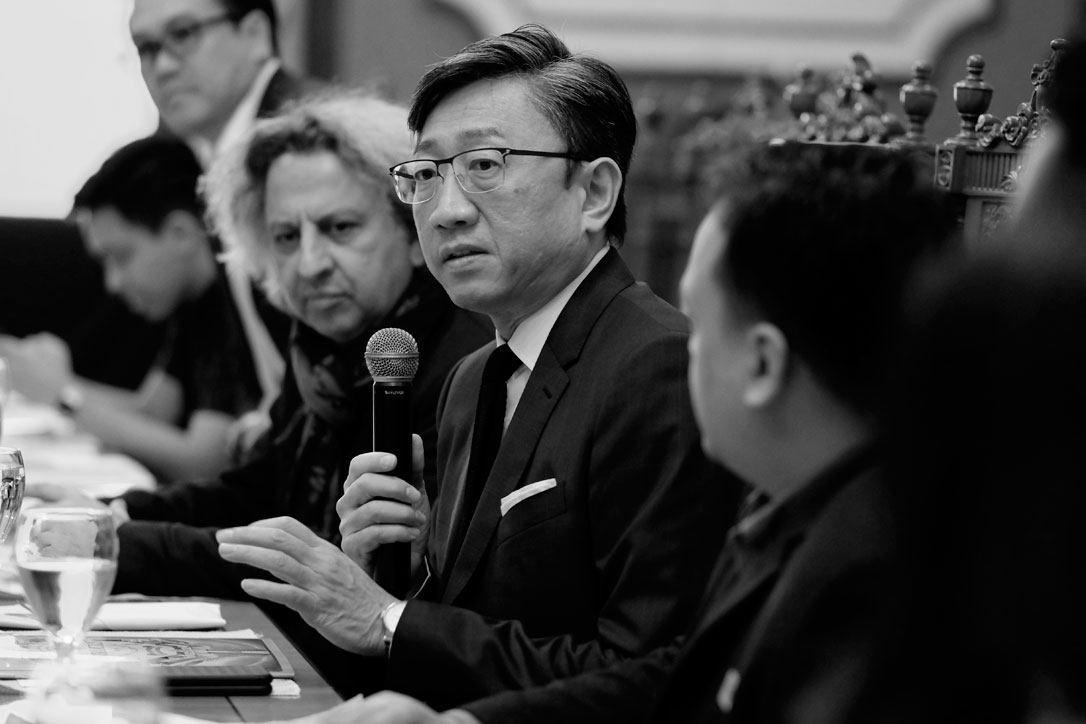
How do we make sure Asia’s megacities are healthy cities?`
The world’s population will rise from 7.8 billion in 2018 to 9.7 billion people in 2050. Of that remarkable mass, 66 percent will be living in cities. Population density has been an easy target of people in search of something to blame for poverty. After all, many are the pitfalls of dense urban areas—housing, sustenance, sanitation, and that’s just a fraction of the list. However, a booming population per se is not the fount of our social problems. The crux lies in our disordered (some would say chaotic) density.
Urbanization, in various scales across the world, will carry on. Our task today is to facilitate the growth of healthy cities. “Providing public transportation, as well as housing, electricity, water and sanitation for a densely settled urban population is typically cheaper and less environmentally damaging than providing a similar level of services to a dispersed rural population,” states a 2014 United Nations DESA report.
This all the more urgent in Asia as it is set to host seven of the world’s top 10 megacities (cities with populations above 10 million) by 2025. Note that Metro Manila is already a megacity. “Asia is home to the world’s fastest urbanization and the world needs its future generations of design talent to understand this region’s global impact, as well as possibilities to make a meaningful difference,” said Sean Chiao, AECOM’s President, Asia Pacific during the launch of Manila Studio 2018.
Chiao stressed that people and the planet are now under extreme pressure, especially in Asia. We are urbanizing at a pace previous generations have not experienced. Thus, we need to redefine sustainability, which entails seeking solutions beyond “green” and green buildings. He then shared his four-point framework of values for healthy cities which includes: resiliency, connectivity, productivity, and authenticity. A sustainable strategy for the future integrates these four, and gets local stakeholders to support it until the healthy city becomes reality.
READ MORE: Walk through Makati with a British urbanist

Resiliency is how you deal with the risk of natural disasters, political turmoil, and terrorism. What infrastructure is in place so that lives are safe during calamities? With spending power increasing, people are consuming more than our natural resources can provide. For example, the World Wildlife Fund reported in 2014 that Hong Kong was consuming 540 times more than its biocapacity. How can designers help populations to live more and do more with less? Co-living, multi-generational living, and self-sustaining housing are just some of the many ways for us to decrease our ecological footprint.
Connectivity is no longer limited to inner-city arteries and transit but how we bridge regions, zones, and countries. Those remain important for the integration of contemporary society, but connections are also now made online. How are digital connections capitalized by growing and aging populations so that they are more productive?
In the case of the Philippines, which ranks first in terms of social media usage in the world, our digital highways definitely trump the physical ones. Our GDP can increase significantly if we can solve the traffic problem, and have people live, work, and play in a concentrated area. How can the built environment help reclaim the P3.5 billion daily loss in revenue due to being stuck on the road? And once that productivity is maximized, how can people spend the rest of the day engaged in other activities and with their loved ones?
Lastly, authenticity is about getting people to participate in city-building. How do our cities respond to the existing ecology and allow local cultures to flourish? When we start thinking of healthy cities in terms of values instead of counting objects like buildings and spaces, sustainability can permeate our existing frameworks—like the kampung in Malaysia, the barangay in the Philippines, our public spaces, and even our shopping malls—and can be adapted by communities regardless of their level of urbanization. ![]()


